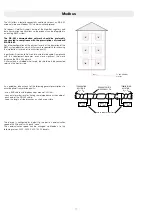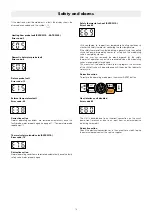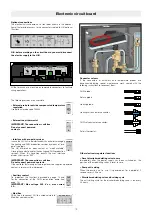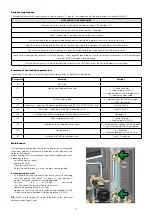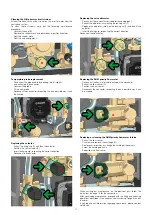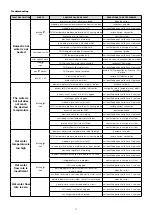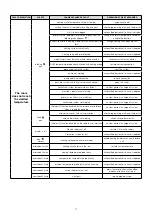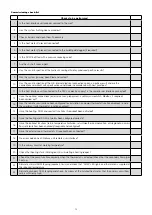
17
Modbus
To the ModBus
master
RS-485
The HIU offers a remote connectivity solution by means an RS-485
wired network and Modbus RTU communication protocol.
On request, Caleffi will supply a map of the Mod-Bus registers and
data transmission specifications so the product can be integrated in
an existing BMS system.
The RS-485 communication network should be preferably
constructed in compliance with the prescriptions of standard
EIA RS-485.
Any other configuration of the physical layer is at the discretion of the
BMS system operator, which will assume responsibility for checking
the implications in terms of transmission quality.
In particular, it is essential to use a two-wire twisted cable. Compliance
with this requirement becomes even more significant the more
extensive the RS-485 network.
If, alternatively, a shielded wire is used, the shield must be connected
solely on the master side.
MASTER
IN / OUT
SLAVE # 1
IN / OUT
SLAVE # n
IN / OUT
CHARACTERISTIC
IMPEDENCE = ZO
TERMINATING
RESISTOR
RT = ZO
TERMINATING
RESISTOR
RT = ZO
KEEP AS SHORT AS POSSIBLE
The device is configured by default to support a communication
speed of 9600 baud/s with parity “none”.
The communication speed can be changed via Modbus, to the
following values: 2400, 4800, 9600, 19200 baud/s.
As a guideline, take account of the following general prescriptions to
ensure optimal transmission quality:
- use a BUS cable with impedance of around 120 Ohm;
- connect a terminal resistor, having same impedance as the cable, at
each end of the RS-485 cable;
- keep the length of side branches as short as possible.















